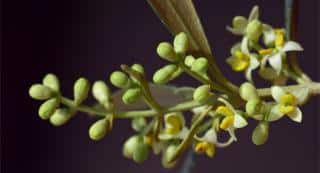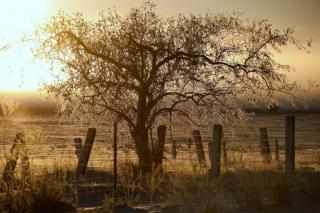

You’re the proud owner of a brand-new olive tree, but recent cold weather got you worrying?
Not only is your olive tree much hardier than you think, it actually needs the cold to bear delicious olives!
Read also:
This mythical tree connects us to our ancestors who grew it the ancient Middle East, Greece, and Egypt. Modern science is just beginning to unravel how important the environment is to produce olives and great-tasting oil.
Interestingly, many varieties of olive trees in temperate climates actually need some degree of cold weather. If planted in areas where winter is too mild, an olive tree won’t enter dormancy and flower buds won’t fully mature. That’s why an olive tree planted in a tropical climate will almost never bloom and bear fruit.
Each variety is different in this respect. Usually, the intensity of the cold required and the duration of it depends on the local climate where the variety was developed.
Of course, temperatures never stay at 7°C for exactly 300 or 600 hours. In reality, time during which temperatures deviate from this optimum count “for less”. Practically, the word “chilling unit” is used to make counting and measuring this easier. It’s more accurate than “chill hour“.

Experts are able to compute this with mathematical models. When given temperature data for a specific place, they’re able to predict when the olive tree will bloom almost to the day!
Since each variety is different, the mathematical formulas have to be adjusted every time. Research is constantly underway to do this for each cultivar and type. It is a fascinating field of study and there is still a lot to discover!
When planting an olive tree, apart from the ornamental olive tree’s value, what’s important is yield and harvest. Selecting the right olive tree variety for your zone or location is key.
Here is a list of low chill unit olive varieties

Currently, an experiment to discover olive varieties that need less than 100 chill units is underway in Wauchula, Florida. Olive tree might be an option to replace citrus in case of disease.
Here is a list of high chill unit olive varieties
How can I know how many chill units my garden is going through?
Many countries and states have set up a tracking system. Check with your local weather bureau, farmer’s coop, or agricultural service center. They’ll provide accurate temperature readings and may even have computed the resulting chilling unit count.
These articles might answer your fears about cold waves and hardy olive trees: